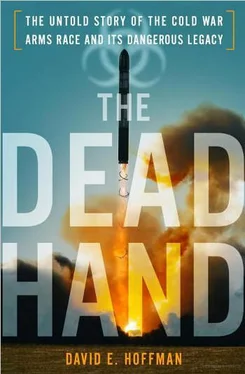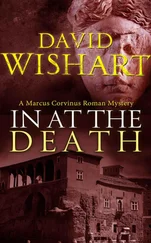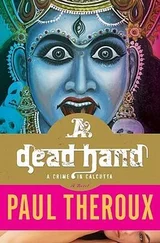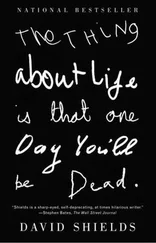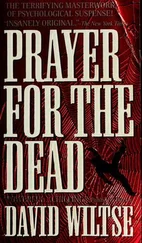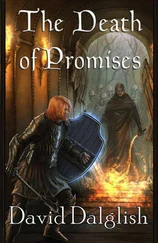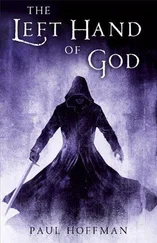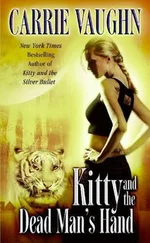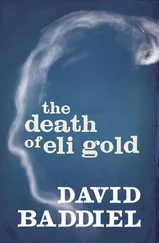During the Korean War, extensive propaganda from the Soviet Union and China accused the United States of using biological weapons in Korea. Documents declassified in recent years show that although the United States attempted to accelerate and acquire biological weapons during the war, the effort to create a viable weapons program was unsuccessful. 30After the war, the program expanded with the Cold War and competition with the Soviet Union. A facility built at Pine Bluff, Arkansas, for large-scale fermentation, concentration, storage and weaponization of microorganisms began production in 1954. Human experimentation using military and civilian volunteers started in 1955. Biological bombs were detonated inside a one-million-liter hollow metallic spherical aerosolization chamber at Fort Detrick, Maryland, known as “the 8 ball.” 31An open-air testing site was built at Dugway Proving Ground in Utah. In May 1962, the army created a biological and chemical warfare coordinating organization, the Deseret Test Center, located at Fort Douglas, Salt Lake City, Utah. This center served as the headquarters for the biological warfare test operation. The United States carried out as many as 239 open-air trials between 1949 and 1969. Among them, American cities were unknowingly used as laboratories to test aerosols and dispersal methods; the test sites included tunnels on the Pennsylvania Turnpike. 32These field tests were carried out with harmless microbes that simulated the behavior of biological warfare. In the 1950s, an American program known as St. Jo developed and tested bombs and delivery methods for possible wartime use of anthrax weapons against Soviet cities. One hundred seventy-three test releases were made of noninfectious aerosols in Minneapolis, St. Louis and Winnipeg, Canada, cities chosen to have approximately the same climate, urban and industrial development and topography as Soviet cities. The weapon to be used was a cluster bomb holding 536 biological bomblets, each containing thirty-five milliliters of anthrax spore slurry and a small explosive charge. 33Much more ambitious tests with live agents were used in sea trials carried out in 1965 and 1968 against monkeys as targets on ships and islands in the Pacific Ocean. The 1968 test showed that a single airborne dissemination tank could disperse a virulent infectious agent over nearly a thousand square miles. 34British trials using simulants between 1963 and 1969 also showed that if released by a ship or airplane along a hundred-mile-long line, significant concentrations of bacterial aerosol had passed more than fifty miles inland after a few hours. The trials confirmed that aerosolized bacteria could remain viable for several hours in the open, with 80 percent of the population infected up to forty miles, and half the population infected between forty and eighty miles inland. 35
There was growing concern among scientists about the use of chemical and biological weapons in war. On February 14, 1967, some five thousand scientists, including seventeen Nobel Prize winners and 129 members of the U.S. National Academy of Sciences, asked President Lyndon Johnson in a petition to “re-establish and categorically declare the intention of the United States to refrain from initiating the use of chemical and biological weapons.” Among those who organized the effort were Matthew Meselson, professor of molecular biology at Harvard University. The petition prompted a White House effort to draft a statement saying the United States would not be the first to use biological weapons in the future, but the military objected, and Johnson never issued the statement. 36
Then came an accident. It involved a chemical weapons test but had much broader repercussions. At 5:30 P.M. on Wednesday, March 13, 1968, an air force jet roared over a circular target grid laid out at Dugway Proving Grounds on the Utah desert floor and sprayed 320 gallons of the lethal nerve gas VX. As the plane zoomed up, a valve failed to close. The deadly VX continued to pour from the plane, was picked up by wind gusts and spread as far as forty-five miles away. Within three days, thousands of sheep in the Skull and Rush valleys were sickened or died. 37The incident came to light only a year later when revealed in a television newsmagazine broadcast. 38Representative Richard McCarthy, a Democrat of Buffalo, New York, who saw the broadcast, began to challenge the army, angered by the secrecy surrounding chemical and biological weapons. “The rule seemed to be: tell as little as possible, and if you get caught in a mistake, fabricate your way out of it,” McCarthy said. Although some scientific research results from the U.S. program were openly published, there were also secret parts, including the Pacific Ocean field tests.
Nixon had just taken office. His new defense secretary, Melvin Laird, a former eight-term congressman from Wisconsin, aware of the congressional mood, wrote to National Security Adviser Henry Kissinger that “it is clear the administration is going to be under increasing fire” from Congress. Laird urged a full-scale review of American germ warfare policy. 39
Nixon faced huge protests at the time over Vietnam. The United States had used herbicides such as Agent Orange to defoliate forests and destroy rice crops, and tear gas to force out North Vietnamese fighters from bunkers, drawing international condemnation. Also, that summer the United Nations issued a startling report by fourteen scientists emphasizing the powerful impact of biological weapons, which, if used, could transform a society and its environment. The scientists said that in an attack, biological weapons would infect a wide area. The use of ten tons of agent might cover 38,610 square miles, slightly larger than the state of Indiana. The notion of using biological weapons in war “generates a sense of horror,” the scientists said. “Mass disease, following an attack, especially of civilian populations, could be expected not only because of the lack of timely warning of the danger but because effective measures of protection or treatment simply do not exist or cannot be provided on an adequate scale.” 40The World Health Organization, providing the scientific and medical details for the UN panel, estimated that 110 pounds of dry anthrax, if used by a single bomber against a target city in a suitable aerosol form, would affect an area far in excess of 7.7 square miles, “with tens to hundreds of thousands of deaths.” 41
On November 25, 1969, Nixon announced the United States would unilaterally stop all offensive biological weapons research and destroy the stocks, while maintaining a program of defensive research. He also pledged no first use of chemical weapons, but said the United States would retain them. He vowed to finally send the 1925 Geneva Protocol to the Senate for ratification and he endorsed a British proposal for a follow-up treaty to limit biological weapons. It was the first time in the Cold War that an entire class of weapons was discarded unilaterally. 42
Why did Nixon do it? He appears to have acted, at least in part, out of a personal desire to show that he was a more effective leader than his predecessors had been, especially Kennedy and Johnson. Nixon asserted to Kissinger the decision “wouldn’t have been possible without Nixon trust. And… Eisenhower didn’t even suggest these things.” 43According to diaries kept by his chief of staff, H. R. Haldeman, Nixon called Haldeman the night of the announcement and wanted to talk politics, urging Haldeman to convene a staff meeting for the next day so Kissinger could emphasize at the meeting that President Johnson could not have attained all Nixon had done—including the biological weapons decision—because Johnson “didn’t have the confidence of the people or the world leaders.” 44
Nixon also adopted the view that nuclear weapons were the supreme deterrent and made biological weapons unnecessary. In his briefing for members of Congress, Kissinger’s written talking points said, “We do not need BW for deterrence when we have nuclears.” After Kissinger’s press briefing, Nixon asked Kissinger in their phone conversation “if he was able to get across the point on deterrent, and K said he had.” White House speechwriter William Safire, who drafted Nixon’s renunciation, asked the president whether a few biological weapons should be retained as a deterrent. “We’ll never use the damn germs, so what good is biological warfare as a deterrent?” Nixon replied. “If somebody uses germs on us, we’ll nuke ’em.” 45
Читать дальше
